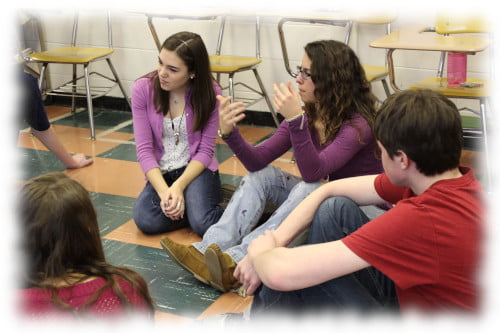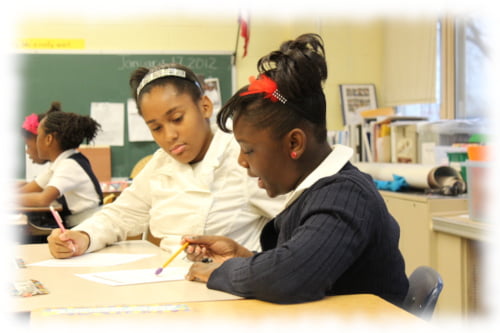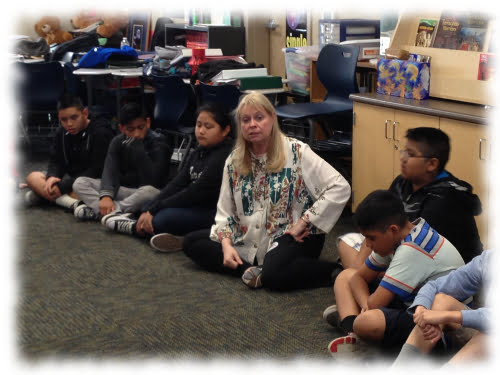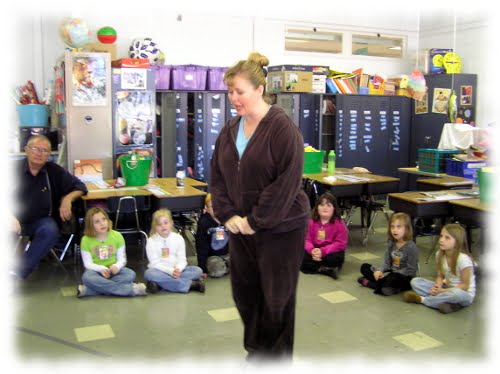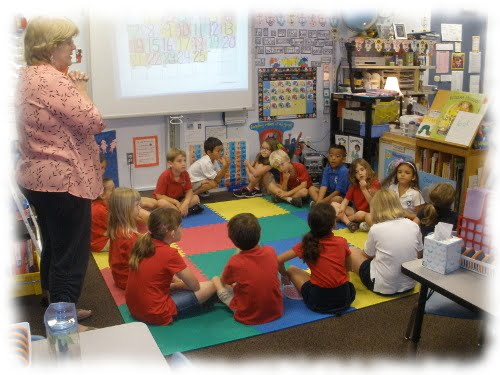In my last article, I went over how to choose a strategy and introduced four of my favorite Classroom Strategies for Drama. This article introduces another five strategies, each linked to an example lesson so you can see how they might be applied in a classroom setting. As always, please feel free to reach out if you feel there’s anything missing from this list. We’d also love to hear about any stories or advice you might have for fellow teachers about using one of these strategies in your classroom!
1. Direct instruction
- Convey clear information
- Model
- Directed Practice (Teacher Centered)
- Guided Practice (Student Centered)
- Independent Practice
We all use some direct instruction. My favorite form of direct instruction is modeling procedures. I use the I do, we do, you do approach in many of my lessons. Check out this free Body Objects Lesson where I model, they try, we reflect, they try again, and then they apply what they have learned to acting a story. (P.S. This is also a Graduated Difficulty lesson – see number 3 below)
2. Games (Level I Drama Skill Building)
The class spelling bee is an example of how games are used in the classroom to advance student learning and engagement. Theater provides a long list of “games” which are really skill building activities. These activities teach necessary skills for the art form, and they are usually fun and noncompetitive. I call these Level I activities, and I have over 150 available on the website. I often embed Level I Activities into a lesson as a warm-up. Check out The Ice Wizard Lesson and see how I turned a Level I Activity into a story that teaches concentration and imagination skills.
3. Graduated difficulty
Present a variety of similar tasks with each one more difficult than the last. Let students select a task that they can accomplish but is not too easy for them. Let them move to more difficult tasks after they complete each easier task. Check out the Book, Stick, Chair, Person lesson as it is a great example of how I use this strategy in my drama teaching. The Body Objects Lesson mentioned above under Direct Instruction is also in this category.
4. Graphic organizers
These are diagrams of information. Students are taught to use the organizers and teachers use them on active boards, overheads, or white boards to illustrate how information works together. My favorite organizer is the Venn Diagram, and I like to use it to help students compare a drama story to the actual written text. I do this when I read a story to students after we have used it to create a drama from my oral storytelling. Check out The Carrot Seed or The Tiny Seed as examples of this approach. I altered both stories for dramatization first, then read the actual text to my class later. We followed this up by comparing the drama we made with the author’s original story using a Venn Diagram.
5. Image Making
Students create images to express ideas, organize thoughts, or pose new questions. Students might be asked to create an image and then list information, questions, or opinions on which the image was based. Tableau and Statue Maker are some of my favorite activities for this kind of work. You can also check out the Concentration and Partner Work Lesson or the Statue Redesign Lesson for more advanced examples of the Image Making strategy in practice.



